Behind Elon Musk’s Failed Mars Rocket That Cost $3 Billion
Elon Musk’s SpaceX’s Starship spacecraft blew up April 20, 20023, after only climbing 39km toward space. The highly-anticipated test flight was part of an over $3 billion project aimed to land men in spacesuits on the moon again, and probably Mars.
Musk is unfazed by the incident and has announced that a new flight will happen in a matter of weeks. However, experts disagree.
So Who Should We Believe?
In contrast to Musk’s prediction of a new launch in six to eight weeks, experts have said that it could take considerably longer. Some scientists even doubt the possibility of a launch until a full year from now.

Source: Wikipedia
On the other hand, Elon Musk is eager for new launch on the Boca Chica, Texas launchpad very soon. This comes as no surprise, as the billionaire inventor has built a reputation for extreme enthusiasm.
Why Experts Are Probably Right
The point of disagreement between the two sides of the prediction coin is the starship’s launch pad. The pad is the platform upon which a spaceship will rest and from where it will take off into the air.

Source: Spacedotcom/Twitter
The problem is that the Boca Chica launch pad took quite a hit as the last spacecraft rose from it, which doesn’t come as much of a surprise because the spacecraft was the most powerful to ever exist.
So, What Happened to the Launch Pad?
For now, we can’t tell for sure how much the launch pad had disintegrated. That’s because SpaceX, the company in charge of the project, hasn’t allowed us to see very much of what was left.
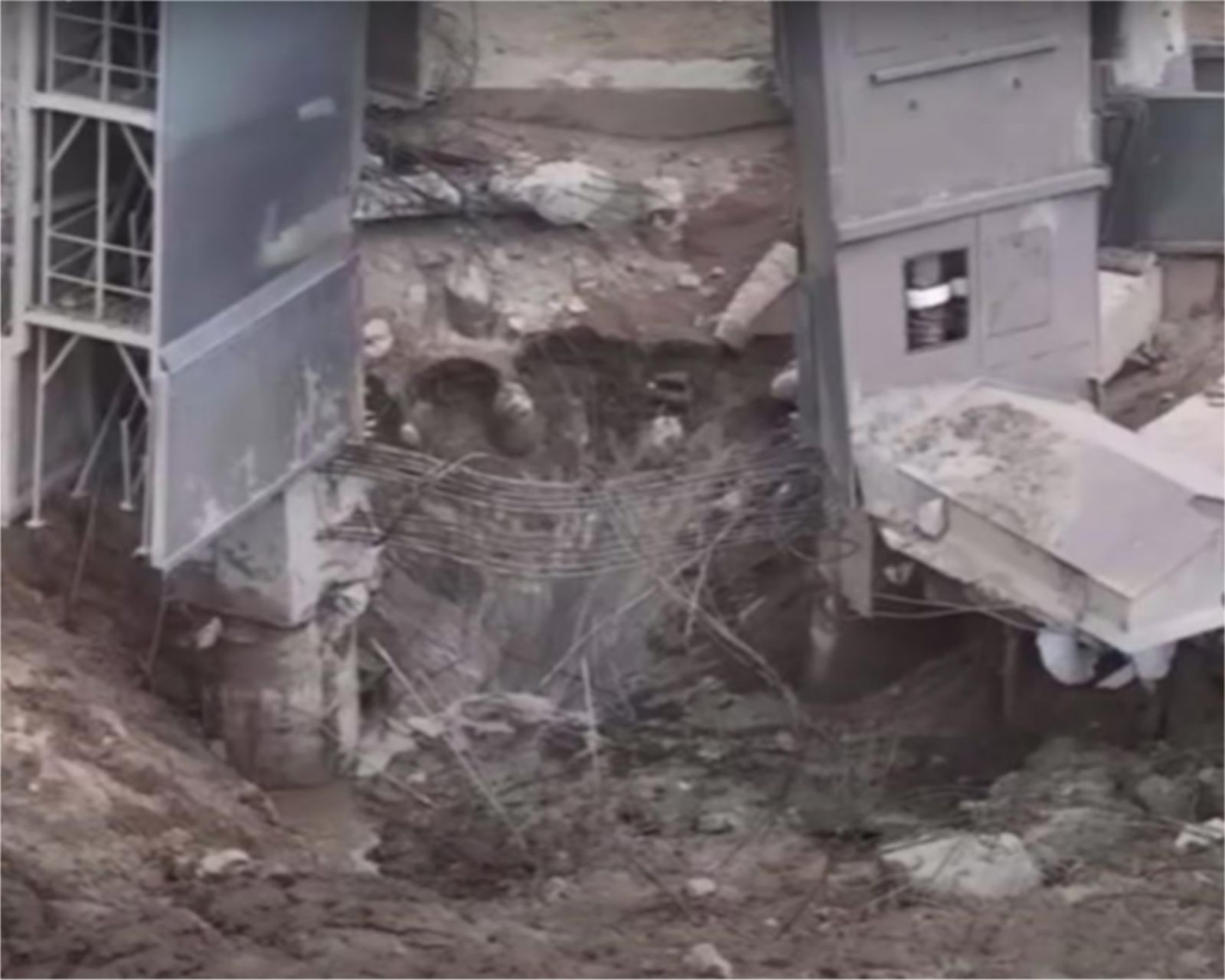
Source: RTerriers/Twitter
The few photos of the pad that journalists could lay their hands on don’t tell a good story. Also, launch pad debris is hard to come by because Boca Chica County authorities cordoned off surrounding areas.
There's Been Quite a Catalog of Impact
Given the magnitude of the impact on the launchpad, County authorities also had to warn residents against handling debris. A statement on the Cameron County (which includes most of the surrounding areas) website reads, “If you believe you have found a piece of debris, please do not attempt to handle or retrieve the debris directly.”
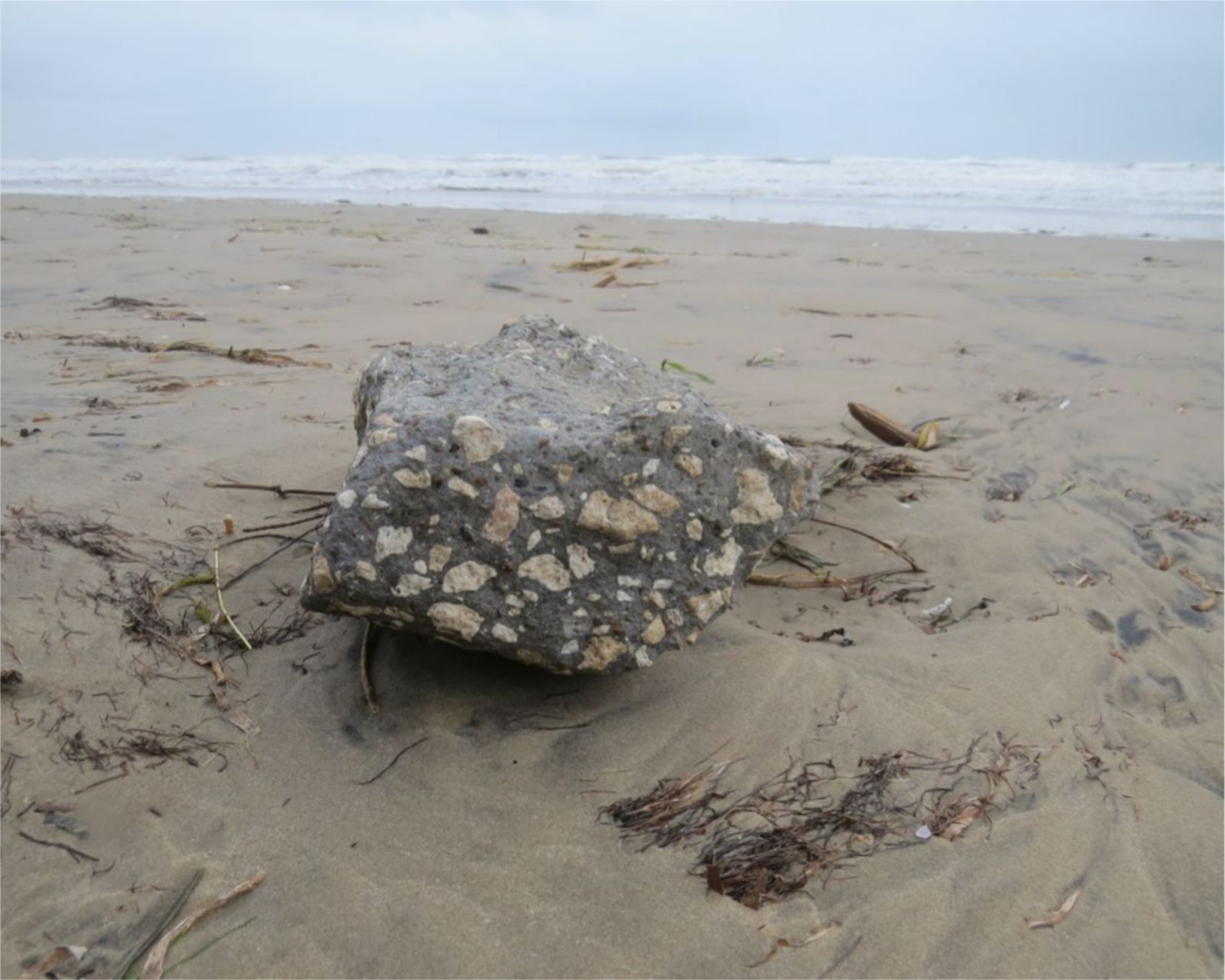
Source: BrownsvilleNews/Twitter
Also, authorities found large pieces of concrete, metal, and stainless steel parts up to 6.5 miles away from the launch site. That’s beside the fire that started south of the pad site at the Boca Chica State Park.
A Major Lawsuit is Also Brewing
One of the major concerns of the test flight was its impact on the environment. Following the launch, at least five environmental and cultural heritage groups have approached the courts seeking punishment for the Federal Aviation Administration (FAA), the government agency overseeing the project.

Source: FAASafetyBrief/Twitter
These groups are trying to convince the court that the FAA, by allowing SpaceX to perform its launch on the Boca Chica site without a broad environmental review, breached the National Environmental Policy Act.
The Outcome Could Stall a Quick Relaunch
If you take a good look at the story, these groups of environmentalists seem to have a solid case. With the magnitude of debris that was flung several miles abroad, there is a potential for serious harm to the surrounding habitat.
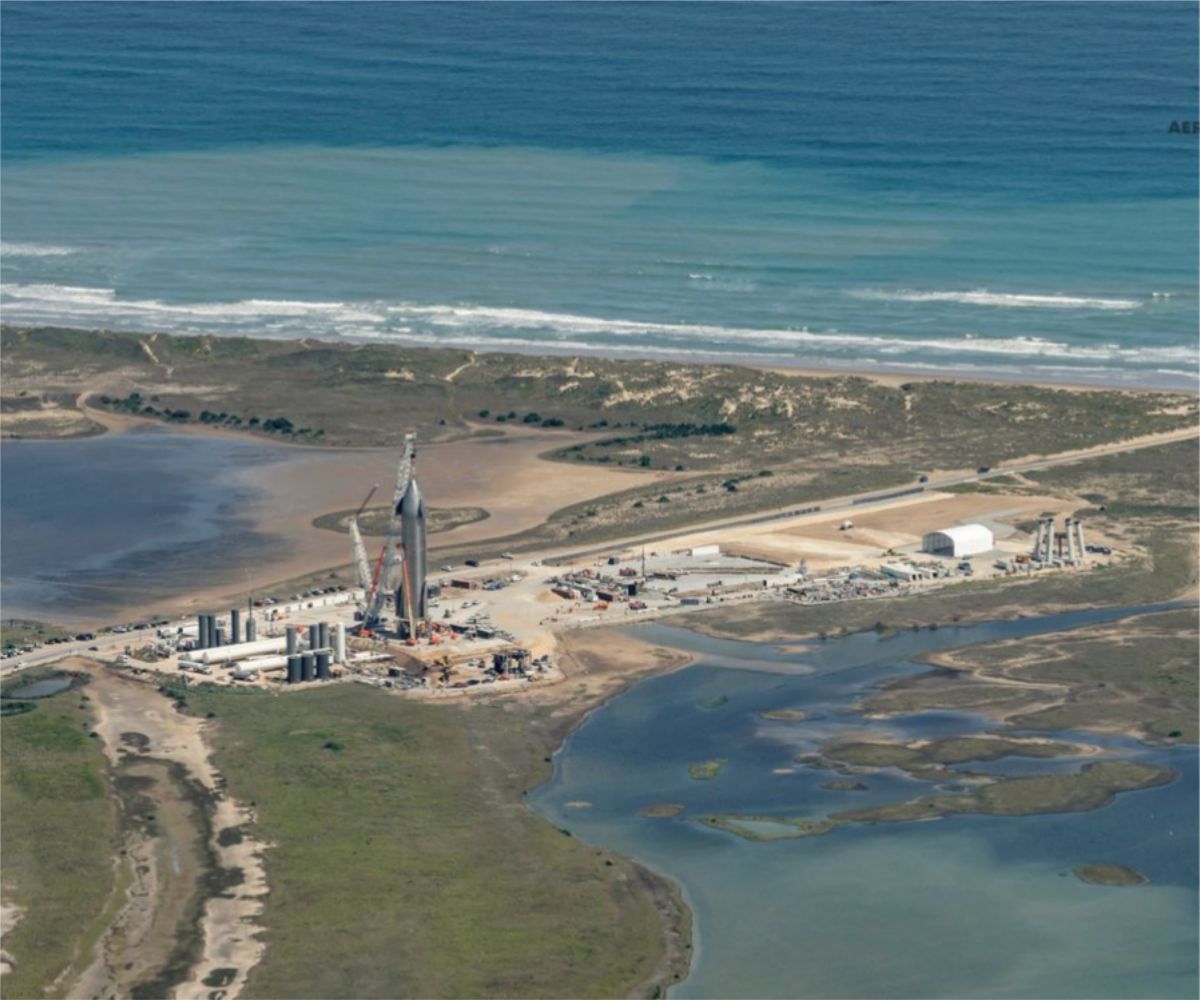
Source: RGVAerialphotos/Twitter
When you look at the amount of debris already sighted across the surrounding area and the fact that the fire, which started south of the site, covered an area of at least 3.5 acres, it’s apparent that a quick relaunch is a tall order.
An Additional FAA Review to Complete
Also, as is customary after rocket launches, the FAA has to conduct a review of the exercise. Particularly for launches like these which fall short of success, reviews could take a long while.
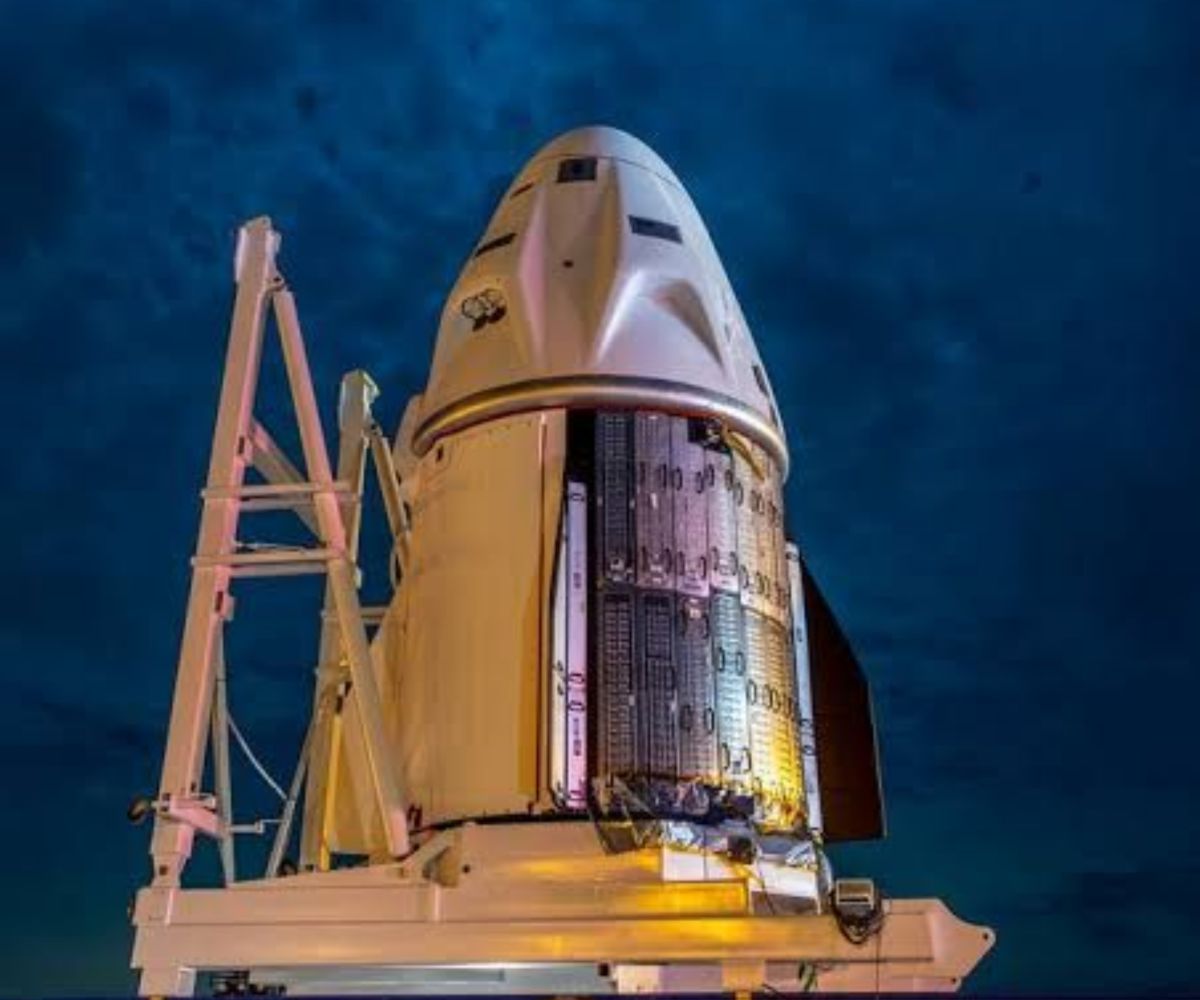
Source: 675longtail/Twitter
Contrary to Musk’s enthusiasm about another launch in less than two months, the FAA has to release its report before there is a green light for another rocket event.
FAA Checklist: Quite a Handful of Concerns to Investigate
Among the catalog of concerns that surfaced after the test launch, the cause of its failure is most glaring. The FAA will be looking into the failure of six of the 33 rocket engines.
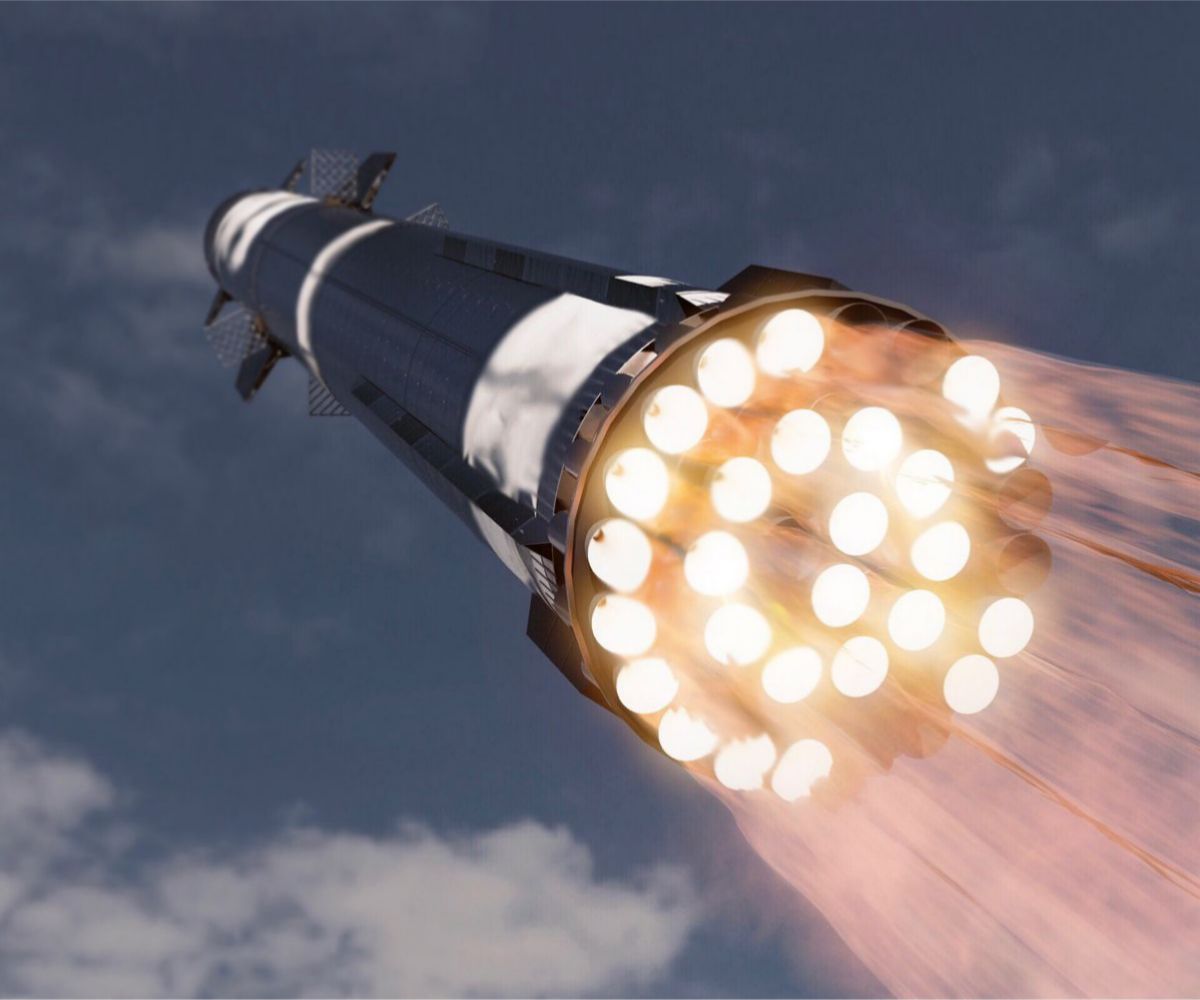
Source: ErcXspace/Twitter
These faulty engines had shut down during lift-off and contributed to the downfall of the rocket after only four minutes off the ground. There are also large concerns about its uncoordinated descent.
The Rocket Resisted Attempts to Abort its Mission
It would seem, from initial reports on the launch, that the rocket was pretty keen on staying in the air for longer. It was learned that the rocket defied initial attempts to destroy itself after the failure of the launch became apparent.
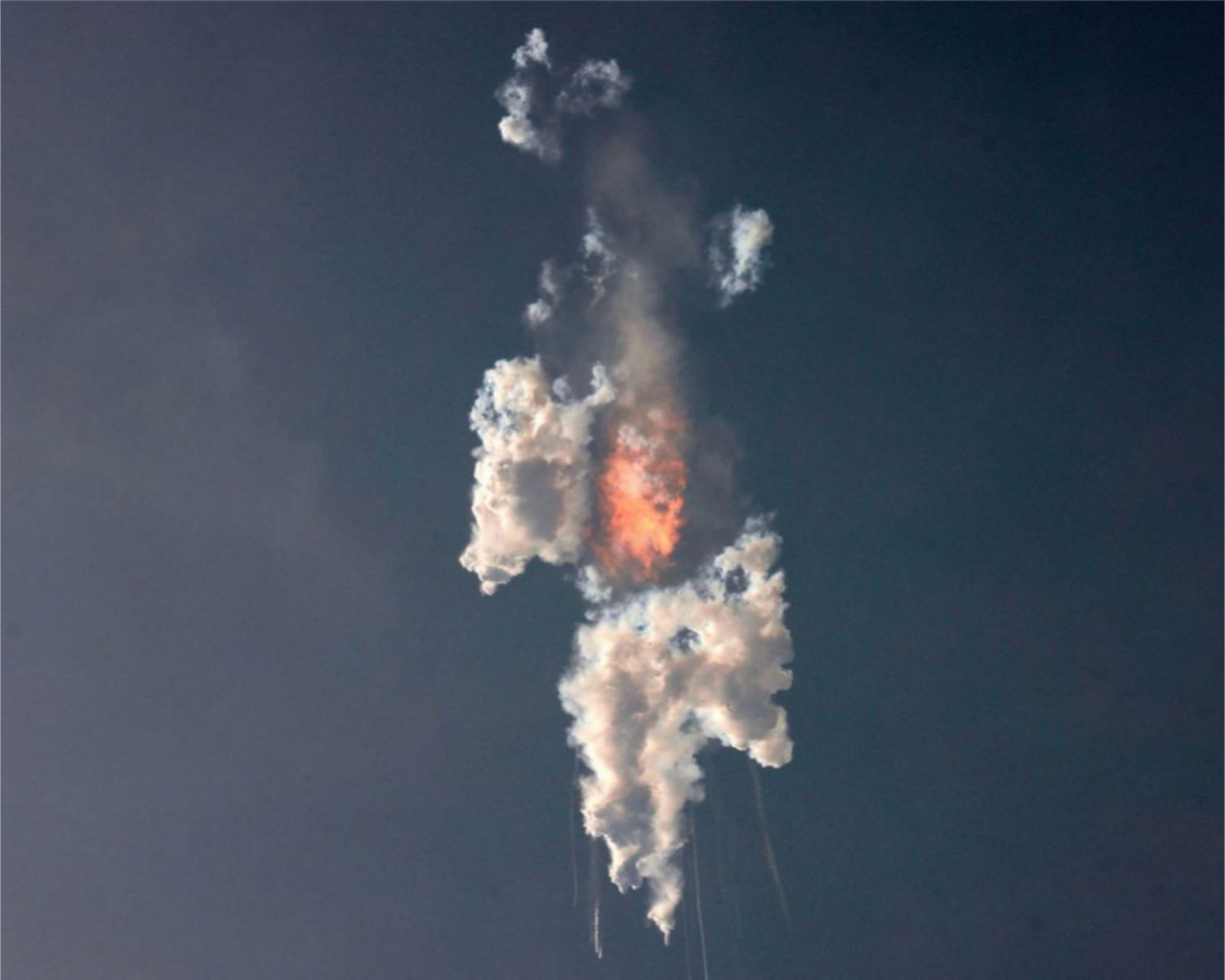
Source: TeslaSynopsis/Twitter
The FAA will investigate this failure in addition to the failure of two modules of the machine – the spacecraft and booster – to detach from each other mid-flight.
Elon Musk and NASA Believe the Launch Was Successful
Elon Musk and NASA don’t share the opinion of lots of people that the launch was a failure. Instead, Musk and NASA believe that this inagural launch has opened the door for more successful ones.
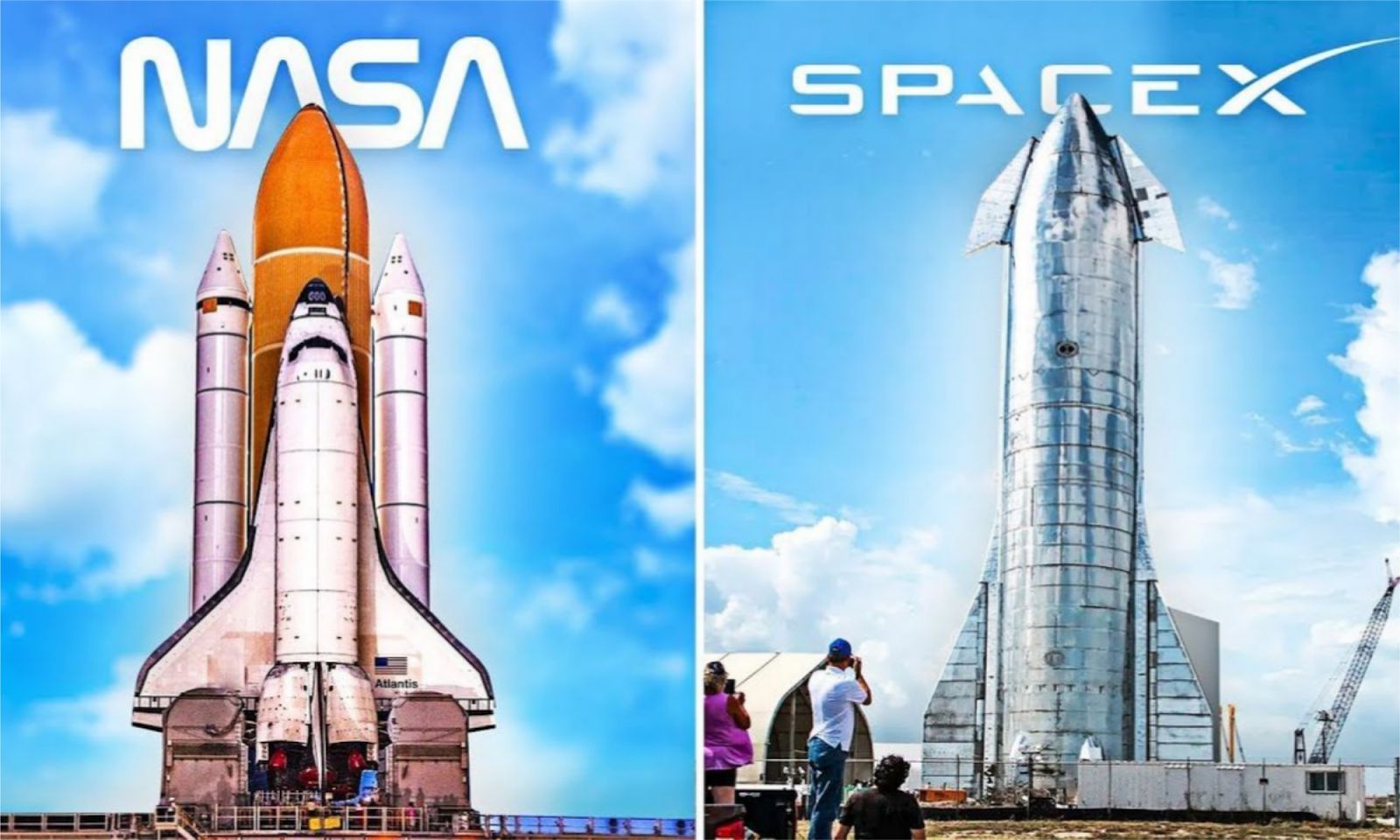
Source: Tech Vision/YouTube
For example, Musk’s SpaceX has concluded the production of a water-cooled steel plate to reduce the heat impact of subsequent launches on the pad. Knowing the stuff that Musk is made of, you should expect to see as many more launches as it will take for a man to reach Mars.
